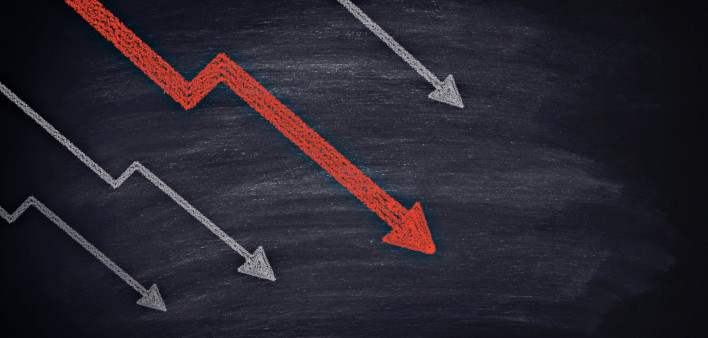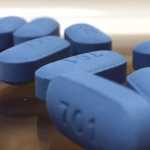In states where pre-exposure prophylaxis (PrEP) use has become more popular, HIV diagnoses have been declining in recent years, Infectious Disease Advisor reports.
Between 2012, when Truvada (tenofovir disoproxil fumarate/emtricitabine) was approved for HIV prevention, and 2018, the estimated number of people using PrEP increased from about 9,000 to just over 100,000.
As described in Clinical Infectious Diseases, researchers analyzed HIV diagnosis data from the U.S. National HIV Surveillance System covering 2012 to 2016 for 32 states plus Washington, DC. For PrEP use data, they looked to a national pharmacy database. The study authors controlled for differences in the rate of viral suppression, which is associated with lower transmission.
The 10 states with the greatest increases in PrEP use saw an estimated average annual decrease in the HIV diagnosis rate of 4.0% between 2012 and 2016.
Among all 33 jurisdictions, the researchers found that when PrEP use increased such that an estimated 1% of people who were good candidates were taking Truvada for prevention, there the annual HIV diagnosis rate between 2012 and 2016 declined by an estimated 1.3% on average. When the PrEP coverage rate increased to 5%, the annual diagnosis rate decreased by 6.6% on average.
When controlling for PrEP use, the study authors found that the viral suppression rate among people living with HIV was not associated with a change in the diagnosis rate.
The study’s findings, the authors concluded, support “bringing PrEP use to scale in the U.S. to accelerate reductions in HIV infections.”
To read the Infectious Disease Advisor article, click here.
To read the study abstract, click here.







Comments
Comments